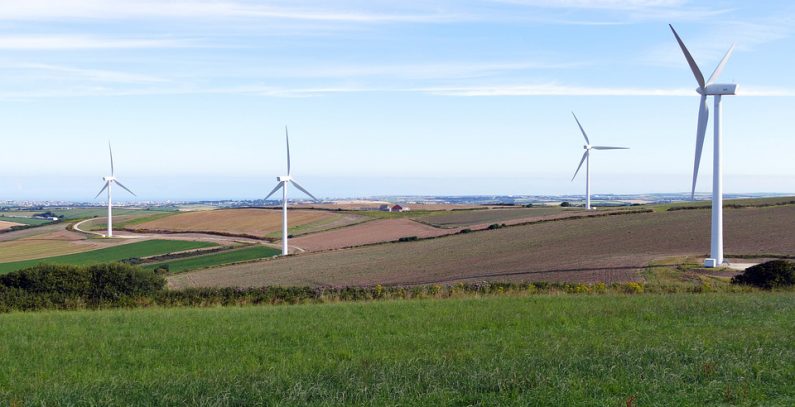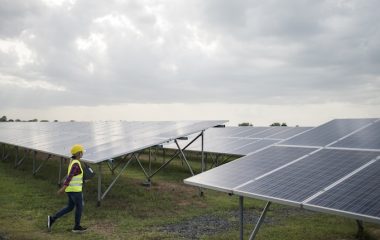
Photo: Pixabay
Romania should harness onshore wind to meet growing demand for electricity instead of investing in conventional power, WindEurope CEO Giles Dickson told the annual meeting of the Romanian Wind Energy Association in Bucharest today, according to a news release from the Brussels-based association promoting wind power in Europe.
Wind energy provided 12.2% of Romania’s electricity last year WindEurope said, adding that with a more flexible grid and inter-connectors to neighboring countries, the share of wind and other renewables in Romania’s electricity mix could rise to 35% by 2030.
This potential should be reflected in the draft National Energy and Climate Plan that Romania (and all EU countries) must submit to the European Commission by the end of 2018, according to WindEurope, which notes that Romania has the opportunity to drive ambition on renewables in the region when it takes over the EU Presidency in January 2019.
Romania “urgently needs to invest in new power capacity,” Dickson said, adding that onshore wind is now the cheapest form of new power in Romania and many parts of Europe and is getting easier and cheaper to integrate in the energy system.
“Making huge investments in old fossil fuel technology today makes no economic sense whatsoever,” Dickson said.
Wind potential in SEE largely untapped
According to the International Renewable Energy Agency (IRENA), there’s huge potential for wind in South-East Europe (SEE): 532 GW, the news release notes.
But this is largely untapped, despite the green shoots of growth appearing in Serbia, Croatia, Ukraine, and Greece, as well as in Bulgaria, where the government recently passed a law allowing for corporates to sign Power Purchase Agreements, Dickson said.
This is because wind farms in Romania and the region cost most than in North West Europe – because recent regulatory uncertainty means investors demand higher costs of capital, according to him.




















Be the first one to comment on this article.